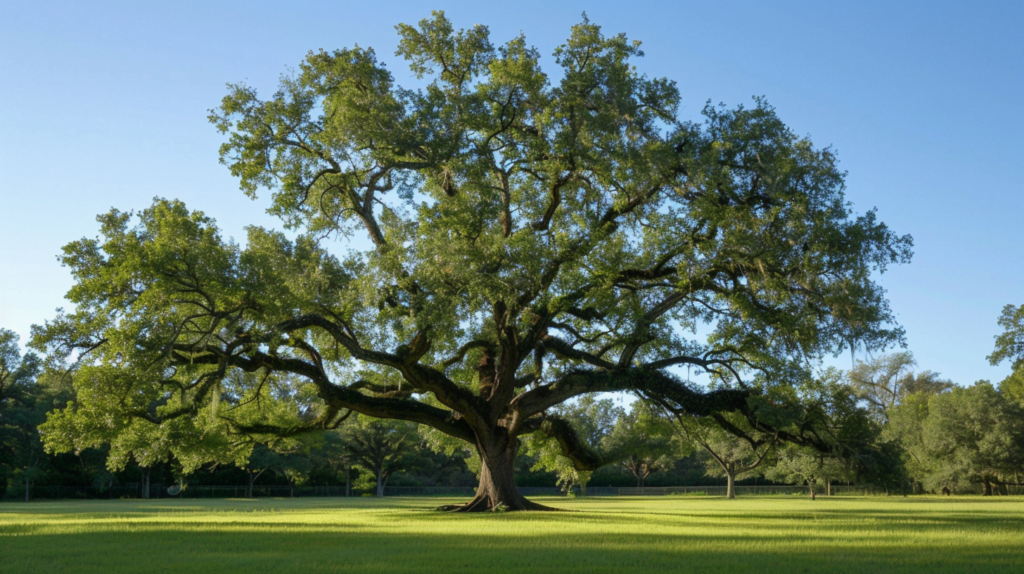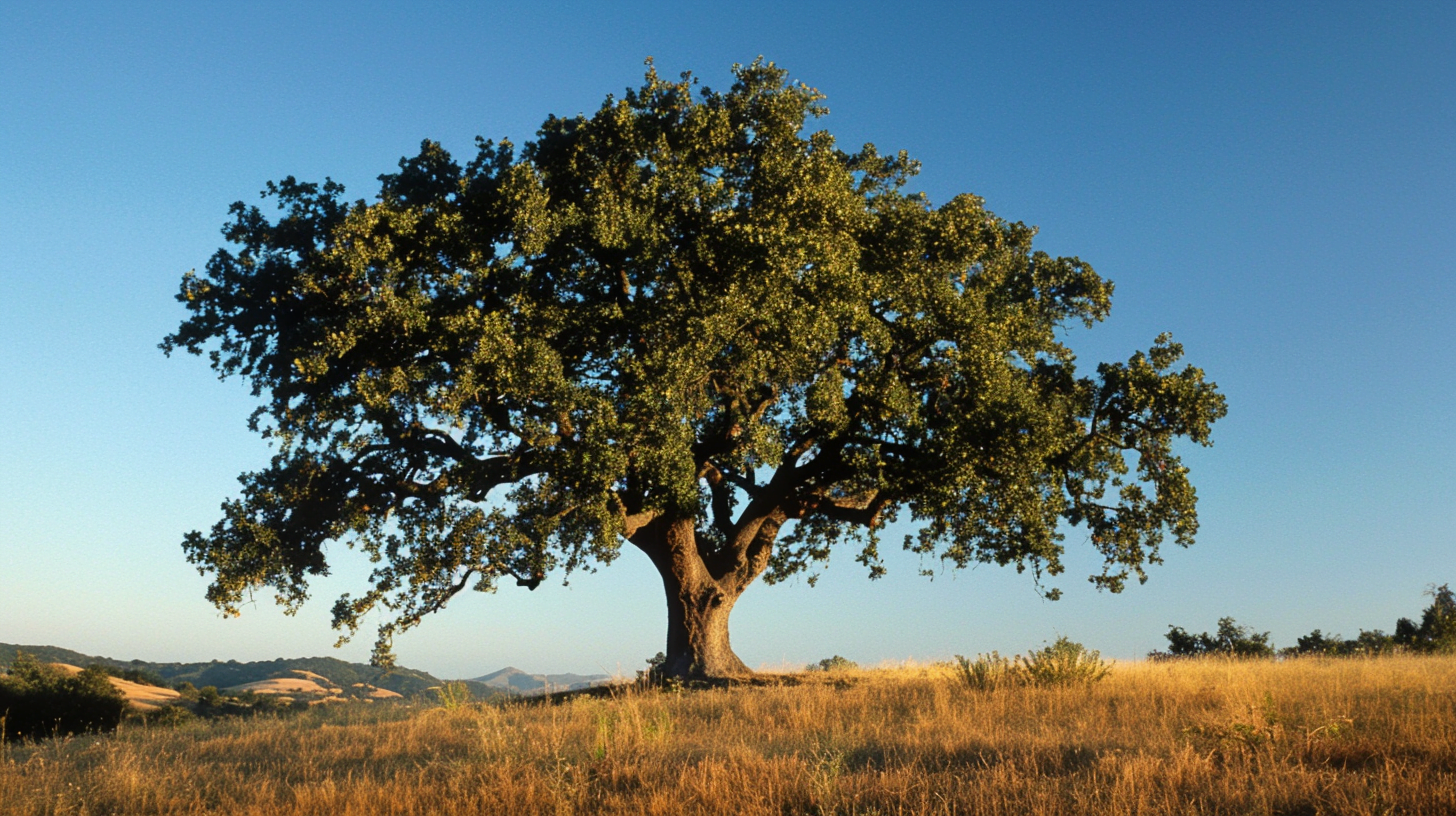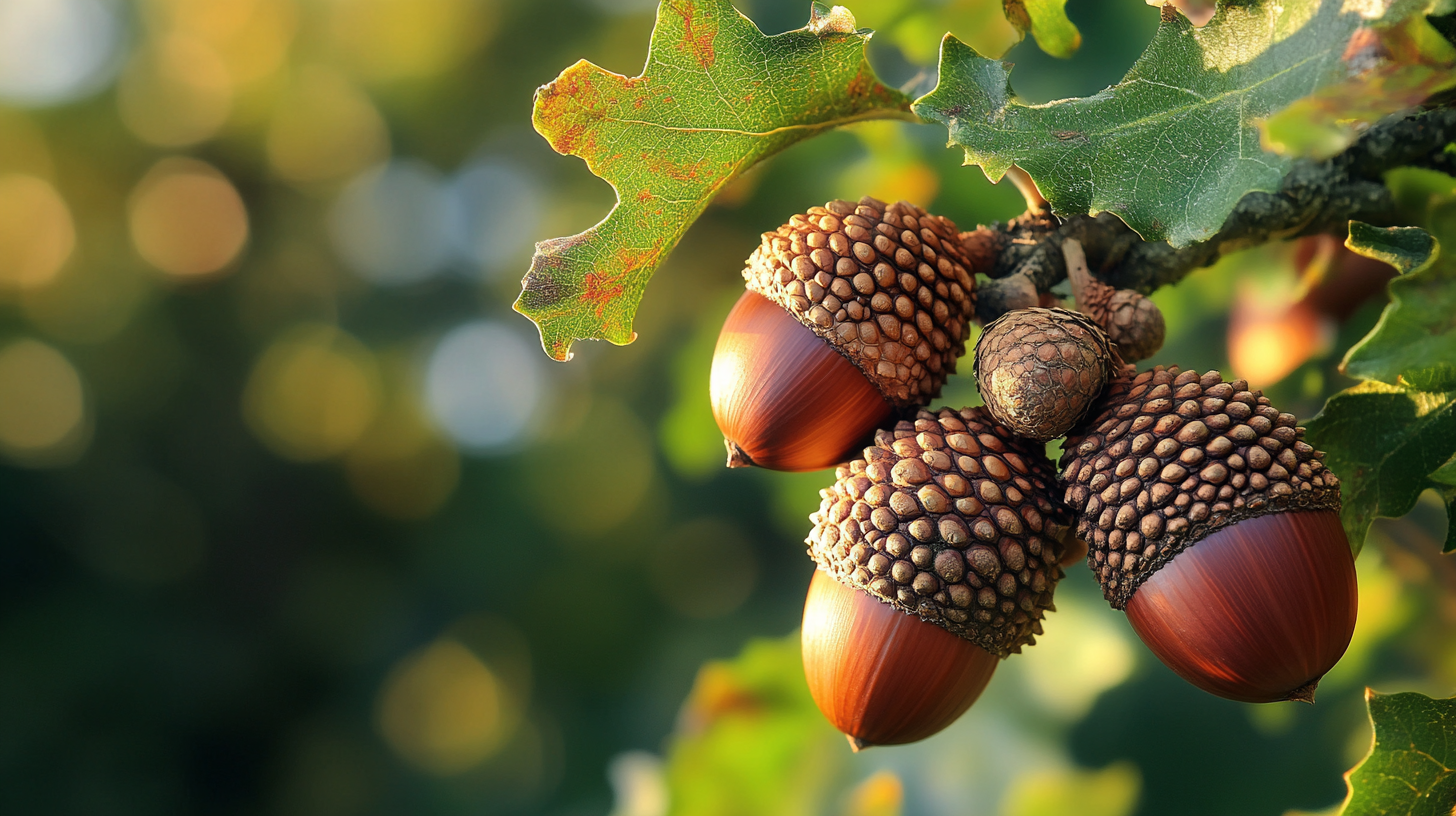Table of Contents
Have you ever gazed up at a towering oak tree and wondered just how many of these majestic giants exist on our planet? It’s a question that’s not as simple to answer as you might think. In this deep dive into the world of oaks, we’ll explore the challenges of counting these iconic trees, their importance to our ecosystems, and the factors affecting their numbers. So, grab an acorn (or your favorite snack) and let’s embark on this arboreal adventure!
The Oak Family: More Diverse Than You Think
When we think of oak trees, most of us picture a sturdy tree with lobed leaves and acorns. But the oak family, scientifically known as Quercus, is incredibly diverse. There are over 600 species of oak trees spread across the Northern Hemisphere, each with its own unique characteristics.
Here’s a quick breakdown of oak diversity:
- Deciduous oaks: Lose their leaves annually (e.g., White Oak, Red Oak)
- Evergreen oaks: Keep their leaves year-round (e.g., Live Oak, Holly Oak)
- Shrub oaks: Smaller, multi-stemmed varieties (e.g., Bear Oak)
This diversity makes counting oak trees a complex task. It’s not just about tallying up one type of tree, but hundreds of different species across various habitats.
Counting the Uncountable: Challenges in Estimating Oak Numbers
Trying to count every oak tree in the world is like trying to count every grain of sand on a beach – it’s practically impossible. Several factors make this task particularly challenging:
- Vast distribution: Oaks are found across North America, Europe, Asia, and even parts of North Africa.
- Remote locations: Many oak forests are in hard-to-reach areas.
- Mixed forests: Oaks often grow alongside other tree species, making them difficult to distinguish from a distance.
- Constant change: Forests are dynamic ecosystems, with trees dying and new ones growing constantly.
Moreover, human activities and climate change are rapidly altering oak populations, making any count quickly outdated.
Crunching the Numbers: Estimating Global Oak Population
While we can’t provide an exact number, we can make educated estimates based on forest inventories, satellite imagery, and ecological studies. Here’s a rough breakdown of oak populations by region:
| Region | Estimated Oak Population |
|---|---|
| North America | Several billion |
| Europe | Hundreds of millions |
| Asia | Billions |
| Other regions | Tens of millions |
These numbers are rough estimates and can vary significantly depending on the source and methodology used. For instance, a 2017 study estimated that there are about 90 billion trees total in Europe, with oaks making up a significant portion in many countries.
The Oak Lifecycle: From Acorn to Ancient Giant
Understanding how oaks grow and reproduce is crucial to estimating their numbers. Here’s a quick look at the oak lifecycle:
- Acorn production: A mature oak can produce thousands of acorns in a good year.
- Germination: Only a small percentage of acorns successfully sprout.
- Sapling stage: Young oaks face many threats, from drought to animal browsing.
- Maturity: Oaks can take 20-50 years to start producing acorns.
- Ancient status: Some oaks can live for centuries, becoming massive, iconic trees.
This long lifecycle means that oak populations can take decades to show significant changes, making it challenging to track their numbers in real-time.
Oaks Under Threat: Factors Affecting Oak Numbers
While oaks are generally hardy trees, they face numerous threats that impact their global population:
- Diseases: Oak wilt, sudden oak death, and other pathogens can devastate oak populations.
- Climate change: Shifting temperature and rainfall patterns affect oak habitats.
- Deforestation: Urban development and agriculture continue to reduce oak forests.
- Invasive species: Non-native insects and plants can outcompete or harm native oaks.
Despite these challenges, oaks are resilient. Many conservation efforts are underway to protect and restore oak populations worldwide.
The Importance of Oaks: Why Their Numbers Matter
Oaks aren’t just beautiful trees; they’re keystone species in many ecosystems. Here’s why their numbers are so important:
- Biodiversity: Oaks support hundreds of species of insects, birds, and mammals.
- Carbon sequestration: Large, long-lived oaks store significant amounts of carbon.
- Soil health: Oak leaves and roots improve soil structure and fertility.
- Cultural significance: Oaks have been revered in many cultures for centuries.
- Economic value: Oak wood is prized for furniture, flooring, and construction.
Given their ecological and economic importance, tracking oak populations is crucial for forest management and conservation efforts.
Tracking Oak Populations: Modern Methods
Thankfully, new technologies are making it easier to estimate oak numbers:
- Satellite imagery: High-resolution images can help identify oak forests from space.
- LiDAR: This laser-based technology can create 3D maps of forests, including individual trees.
- Citizen science: Projects like iNaturalist allow people to report oak sightings, contributing to a global database.
- AI and machine learning: These technologies can analyze vast amounts of forest data quickly and accurately.
These methods, combined with traditional forest inventories, are giving us a clearer picture of oak populations than ever before.
Future of Oak Trees: Predictions and Projections
The future of oak trees is a mix of challenges and opportunities:
- Climate change may shift oak ranges northward in many regions.
- Some oak species may face increased threats from pests and diseases.
- Reforestation efforts are focusing on oaks due to their ecological value.
- Urban tree planting programs often include oaks for their longevity and benefits.
While exact numbers are hard to predict, it’s clear that oaks will continue to play a vital role in forests worldwide.

Conclusion
So, how many oak trees are there in the world? The honest answer is: we don’t know exactly, but it’s in the billions. What we do know is that oaks are a crucial part of our global ecosystem, and their numbers are worth protecting.
Whether you’re a forest manager, a nature enthusiast, or just someone who enjoys the shade of a mighty oak, you can play a part in conserving these incredible trees. Plant an oak, support forest conservation efforts, or simply appreciate the oaks in your local park. Every action counts in ensuring that future generations can ask, “How many oak trees are there in the world?” and be amazed by the answer.
FAQs About Oak Trees and Their Numbers
Q: What’s the most common oak species?
A: The most common oak species varies by region. In North America, the Northern Red Oak is widespread, while in Europe, the English Oak is prevalent.
Q: Which country has the most oak trees?
A: The United States likely has the most oak trees, with vast oak forests in states like California, Texas, and the Appalachian region.
Q: How long does an oak tree typically live?
A: Oak trees can live for centuries. Some species, like the English Oak, can live for over 1,000 years under ideal conditions.
Q: Can we plant more oaks to increase their numbers?
A: Absolutely! Planting oaks is a great way to increase their numbers and support local ecosystems. Just be sure to plant species native to your area.
Q: Are oak trees endangered?
A: While oak trees as a whole are not endangered, some specific oak species are threatened due to habitat loss, climate change, and diseases. Conservation efforts are ongoing to protect these vulnerable species.




